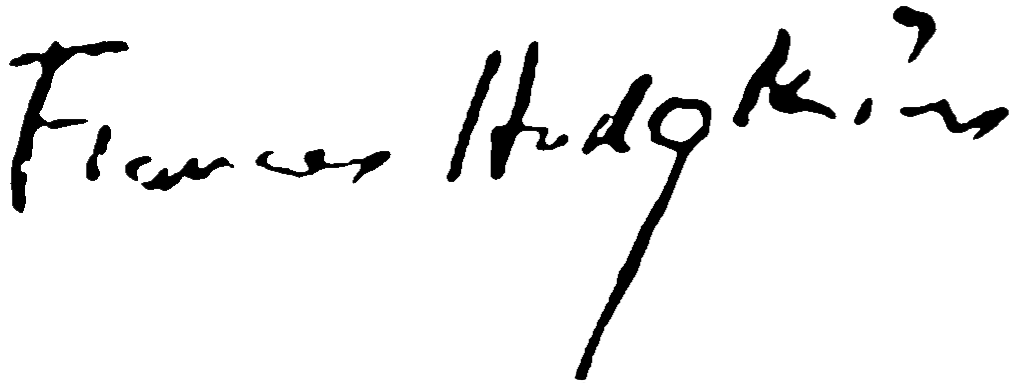-
Frances Hodgkins
Marrows and Peppers, Tossa c.1935
Gouache on paper, 51 x 72 cm
Signed Frances Hodgkins lower left Titled No. 3 Marrows
To Rée Gorer, 7th December 1935; from F.H., Tossa de Mar, Gerona, Spain
There is plenty of material here to paint. The life of the village is rich & dramatic. The little shops at night, enchanting like Dutch interiors gone Spanish – and the gilded altars in the village churches, vulgar & gaudy, but in the dim light, like a Rembrandt …
In late December 1932 Frances Hodgkins travelled to the Spanish island of Ibiza in the Mediterranean, a popular destination for artists and writers. She remained there until mid-1933, avoiding the British winter and enjoying the island’s balmy climate, as well as its culture and history. Whilst there she met up with other New Zealanders, including Gwen Knight (1888-1974), Maud Burge (1865-1957) and May Smith (1906-88). Hodgkins was also able to produce a large number of images which were part of her two subsequent exhibitions at the Lefevre and Leicester Galleries in London, in October-November 1933, and February 1935.
After Ibiza Hodgkins spent the latter half of 1933 and all of 1934 in England. In October 1935 she returned to Spain, on this occasion to the mainland and the coastal resort of Tossa de Mar in Catalonia, also on the Mediterranean. At the time of her visit the political situation in Europe was deteriorating, and the region was receiving a large influx of refugees escaping from the increasing rise of Nazism in Germany. The hotel in Tossa de Mar was run by a German couple, and Hodgkins noted that the local food, while ‘copious’, tended to cater to German tastes. As she wrote in late September 1935: ‘You never know when or where an anchovy or a pickle will crop up’. The increasing likelihood of civil war in Spain added to the mounting political tension, further to which a harsh winter forced Hodgkins to relocate to France, before returning to England in May 1936.
Hodgkins was enchanted by Tossa de Mar, in particular by the fishing boats when illuminated by lamps as they set out after dark. As she described in a September 1935 letter to Rée Gorer, the mother of her friend and supporter, writer and anthropologist Geoffrey Gorer (1905-85): ‘their phantom shapes splashed in silver & blue like the fish they are going to dazzle’. When she first arrived in Tossa de Mar, Hodgkins admitted that the surrounding countryside ‘did not appeal’, but she found ‘plenty of material’ in the town itself, describing the life there as ‘rich and dramatic’. She made quick sketches while wandering around, inspecting the shops and churches. As she wrote to her friend Dorothy Selby in late November 1935: ‘I paint in the morning – dividing my time inside & outside the studio – this is the very charming part of a place like Tossa. So small and simple one can step into the old streets and have a look round – make a quick sketch & back to the Studio – repeating this little stunt perhaps 2-3 times during the morning’.
Marrows and Peppers, Tossa was one of a number of images Hodgkins painted during this period, using vegetables in place of the traditional still life subjects of fruit and flowers. The composition is dominated by the three central marrows, painted in a yellow ochre, and accompanied by a bright green pepper. The vegetables are placed on a horizontal surface and surrounded by organic elements executed in a vigorous and spirited style. This gouache was one of seven works by Frances Hodgkins shown at The Edinburgh Society of Scottish Artists 43rd Annual Exhibition in November 1936. It bears similarities to another work from that period, Pumpkins and Pimenti, (purchased by Sir Kenneth Clark, now in the Fletcher Trust Collection) in which the colour is also subtly muted and white highlighting is used on the vegetables. While the titles of several paintings in the latter exhibition refer to locations in Wiltshire, Somerset and elsewhere in England, there were also works the artist had sent to the gallery from Tossa de Mar. In February 1936 she dispatched two consignments to the co-director of the Lefevre Galleries, Duncan MacDonald, the first consisting of nine gouache paintings. Of the second batch she wrote: ‘You will see that I have put a large amount of Frances Hodgkins into them, even into the joyless marrows, and I do hope you will not say this woman’s work is not worth a penny a day to me. I am sure you will realise that I have had to adapt myself to local conditions & do the best I can’.
Written by Jonathan Gooderham & Richard Wolfe.
Exhibited
Edinburgh, Society of Scottish Artists 43rd Annual Exhibition, Nov 1936 - January 1937
Auckland, N.Z, Jonathan Grant Gallery, Frances Hodgkins: A New Zealand Modernist, June 2019
Literature
Roger Collins and Iain Buchanan, Frances Hodgkins on Display 1890 - 1950 (HockenLibrary 2000) p.72
Catherine Hammond and Mary Kisler (ed.), Frances Hodgkins: European Journeys (Auckland University Press 2019) p. 161
Reference
Frances Hodgkins Database FH1085
(completefranceshodgkins.com)
Provenance
Collection of George E. Dix Jnr. Thence by descent Private Collection, Auckland
Illustrated
Catherine Hammond and Mary Kisler (ed.), Frances Hodgkins: European Journeys (Auckland University Press 2019) Figure 7.18
